Western, Anglocentric histories have too often lumped all of the vast complexity of the Middle East into the umbrella of ‘Islam’. Land not under the influence of Catholic Christianity (even the Orthodox East) is simply colored in as a monochrome bloc, presuming uniformity, unity and, frequently, barbarity. Such histories, which are predicated on xenophobic if not racist assumptions, hamstring our understanding of world history. To understand the Medieval world, we have to go beyond the monolithic green-shaded bloc of ‘Islam’ – and one of the most important and long-lasting Islamic empires was the Abbasid Caliphate. Acceding to power amidst a revolution in 749 CE, the Abbasid dynasty were (at least nominal) rulers of an unimaginably vast empire that was larger than Rome at its greatest extent. Though they oversaw its decline, fragmentation, and ultimately their own relegation to mere figureheads, their rule spanned almost eight centuries. By getting to grips with the dynamics that their rule exemplifies, we can understand the motor of history that lies at the heart of Middle Ages Islam.
A Brief Political History of Islam
According to Islamic tradition, the Prophet Muhammad was born about 570 CE in Makkah, one of the principle cities of the Arabian Peninsula. It was an ethnically, culturally and religiously diverse region, with no dominant single state – instead, it consisted of a patchwork of small kingdoms mostly under Persian domination, independent city-states and unaligned nomadic clan groupings. One such grouping was the Quraysh, into which Muhammad was born as a member of the clan Hashim. Muhammad’s rise to political power began relatively late in his life, at around 40, when he had a religious experience and began preaching what would become Islam. Exiled by the Quraysh, Muhammad and his followers acquired power in Medina, rising to challenge Makkah militarily. Medinan Muslims prevailed in battles in 625 and 627 CE, and in 630 CE he received the submission of Makkah. At the time of his death in 632 CE, he was the head of state of a large, single Islamic polity that united a large proportion of the Arabian Peninsula.
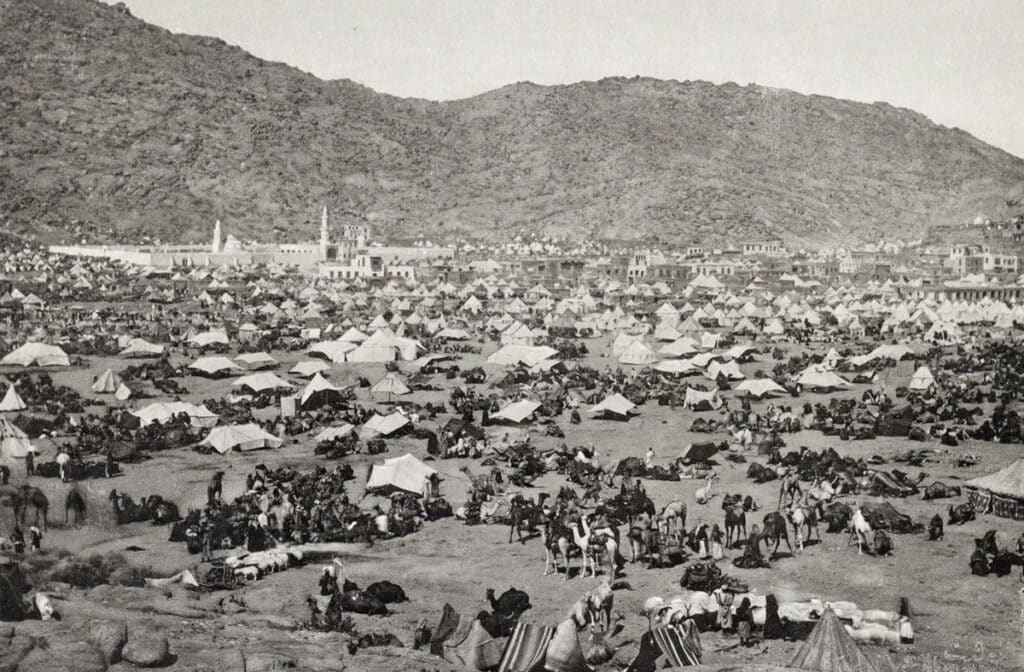
The Prophet Muhammad’s death without succession plans is the source of a series of major splits which still characterize Islam today. Some of the early Muslims supported Ali ibn Abi Talib, Muhammad’s son-in-law as the rightful inheritor of the leadership of the ummah (whose tradition would become Shia Islam), whereas others supported Abu Bakr, Muhammad’s military advisor and father-in-law (whose supporters became Sunni Muslims). Muhammad’s followers pledged their support to Abu Bakr at a courtyard meeting known as the Saqifah – which ended in acrimony and fighting. However, Abu Bakr managed to secure his leadership, reconciling with Ali and taking power as the first Rashidun Caliph.
Rashidun Rule
The Rashidun (‘divinely guided’) Caliphate began where Muhammad had left off: under Abu Bakr’s short but spectacularly energetic reign of less than two and a half years, it united the whole of the Arabian Peninsula, and under the successive Caliphs it conquered the Levant and Egypt.
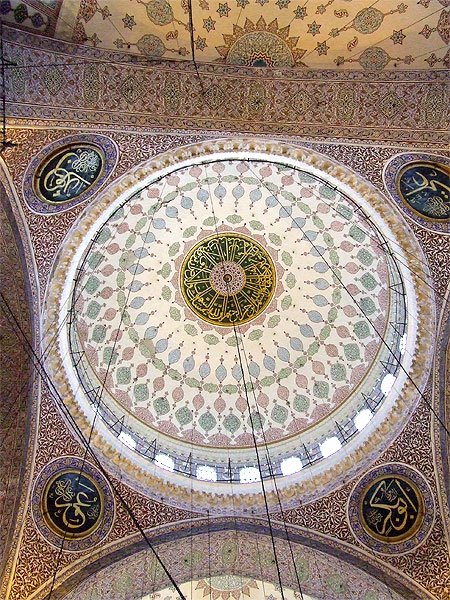
The Rashiduns rapidly became major regional power-players, invading both the Byzantine Empire and the Sassanid Empire in modern Iran and Iraq, eventually conquering the latter entirely and settling its lands with the Muslim armies. The Rashidun Caliphate was politically loose, with significant autonomy exercised by governors and relatively little money sent back to the nominal central authority in Medina – a theme we shall see throughout the Caliphates. The strong unification of faith was a powerful counteracting agent to this political flexibility. However, an anti-Muhammad faction of the Quraysh, the Umayyads, became increasingly influential due to their patronage by Uthman, the third Rashidun Caliph, and in the late 650s, they launched a rebellion to overthrow the Rashidun leadership and establish their own dynasty – which they did in 661 CE. Thus, with the coronation of Muawiya I, the Umayyads now ruled.
The Ummayad Dynasty
Unlike the previous Islamic leadership which drew its legitimacy from its leaders’ association with the Prophet Muhammad, the Umayyad dynasty resembles a much more ‘traditional’ state, whose legitimacy was conferred by descent and heritage. Nevertheless, the state that they seized was an incredibly effective one. The combination of religious artistic propaganda and regional autonomy was a winning recipe. Their armies were devastatingly effective, and under the Umayyads the Islamic state became a true empire: Umayyad conquests included North Africa, Iberia, Sindh and Central Asia.
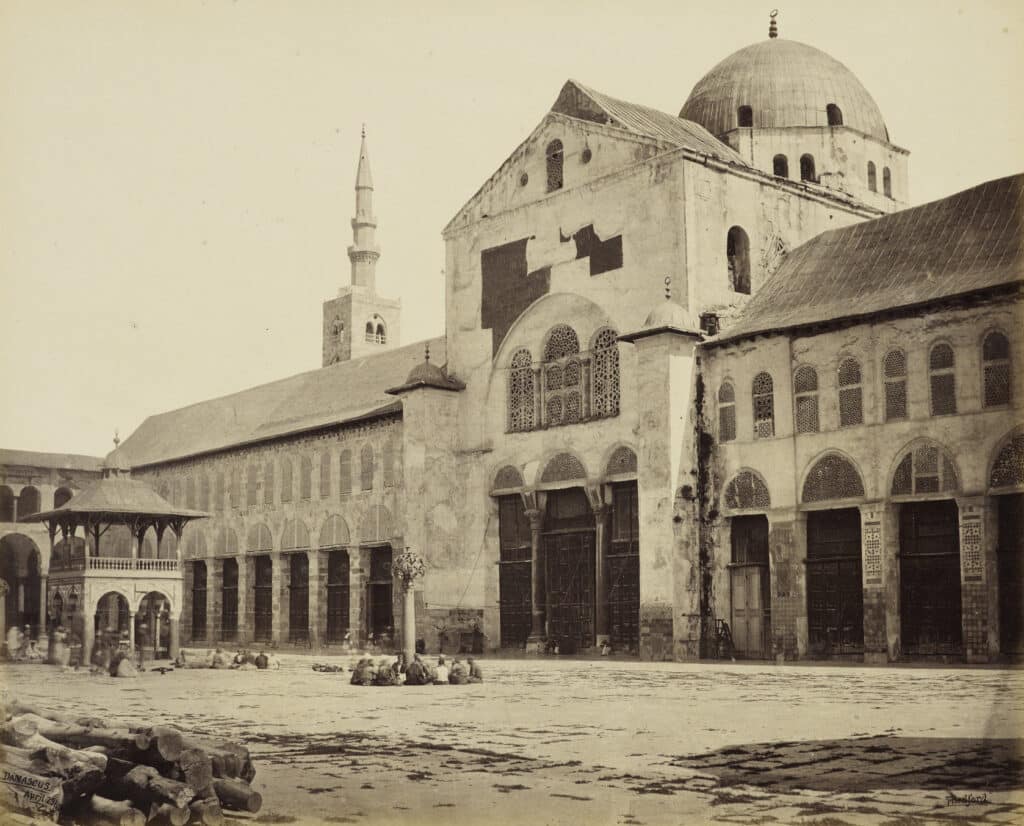
However, they struggled to grapple with the corollary of empire: multi-ethnicity. The Umayyads introduced a strong strain of Arab supremacy into their legal codes, tightly overseeing non-Arab political administrators under directly appointed Arab governors, with Arab Muslims being a privileged class above even non-Arab Muslims under a form of legal and social apartheid. Their attitude toward non-Muslims was dismissive and punitive, levying hefty taxes against them and banning them entirely from garrison towns. Many historians have characterized Umayyad rule as an anti-universalist conception of Islam, seeing it as the exclusive right of the Quraysh, with their own clan being foremost. Despite staggering military success and the expansion of the Caliphate to its greatest extent, their supremacist attitude was bound to generate enemies.
The Abbasid Revolution
By the 740s CE, Umayyad supremacism had created implacable opposition amongst broad sections of society. The formal apartheid between Muslim Arabs and non-Muslim Arabs led to significant social friction, especially since even the best one could hope for after conversion was life as a second-class citizen. Even so, the non-Arab Muslim population of the Umayyad empire was around 10%, far outnumbering Arab Muslims – but this was in turn dwarfed by the number of non-Muslims ruled over by the Umayyads. Thus, all of these groups were easily recruitable to a revolutionary movement – the numbers were simply against them.
The Umayyads had permanently alienated a large subsection of Shia Muslims by their murder of Muhammad’s grandson Husayn Ibn Ali in 680 CE, and the main benefactors were the Abbasids. The Abbasid family traced their decent from the Prophet Muhammad’s uncle Abbas ibn Abdul-Muttalib, and were long-time rivals of the Umayyad clan. The Abbasids set up a base of support in Khorasan (modern northeastern Iran, northern Afghanistan and southern Turkmenistan), where the Umayyad-dominated garrison towns were few and far between and where the non-Arab population was most receptive to their message.
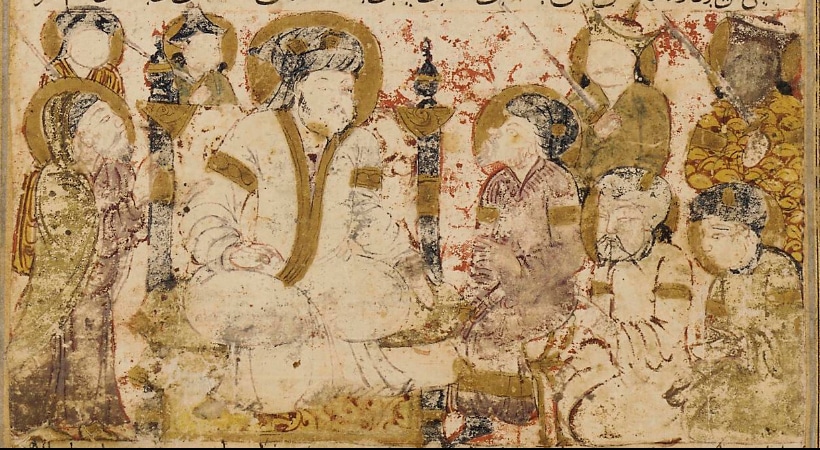
A succession crisis in 744 CE led to the Third Fitna (civil war), and its victor Marwan II never successfully restored authority. Seizing their moment, the Abbasids launched their revolt in 747, expelling Umayyad governors in Khorasan and installing their own leaders. The Umayyad forces were unenthusiastic and quickly melted away in the face of the Abbasid armies. Pro-Abbasid uprisings began to occur in cities before their armies even arrived, and the Umayyads were decisively defeated at the Battle of Zab in 750 CE, where an Abbasid army outnumbered by at least two-to-one scattered the crumbling imperial forces. Marwan II fled to Egypt, but was quickly captured and executed.
A New Direction
There is little doubt that the Umayyad exclusivism was incapable of reconciling Arab supremacism with the titanic size of the empire, and would sooner or later have met a sticky end. The Abbasids ensured that the transition of power was a reasonably ordered one which maintained the unity of the Caliphate, rather than a chaotic military fragmentation amidst rebellions and war. That said, the Revolution was not bloodless by any means: Abbasid caliphs moved swiftly to stamp out internal dissent and bring the allies they had formed during the revolutionary movement into line behind their rule. The Abassid Revolution, therefore, can be seen as a necessary course-correction for the Caliphate, in the same way that the Roman Social War of 90 BCE enfranchised non-Latin Romans with citizenship.
The Golden Age
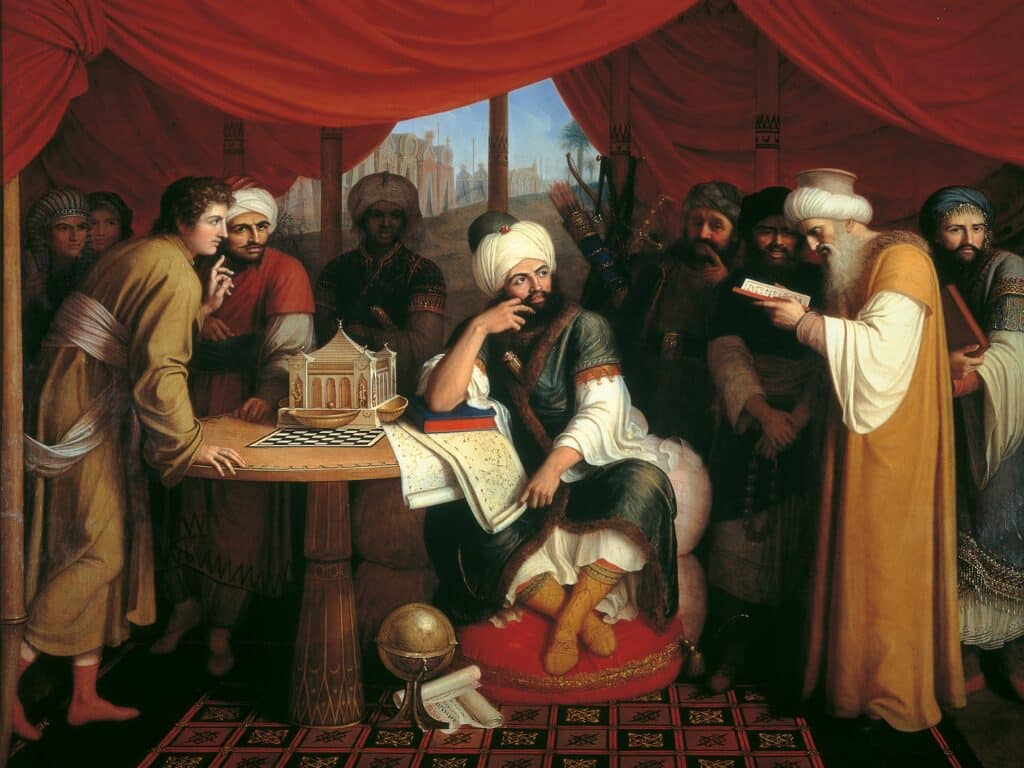
Abbasid rule did indeed mark a new phase in the Islamic world. The Abbasids moved the capital of the empire from Medina, on the Arabian Peninsula, to Baghdad, the former capital of the Sassanian Empire. This went hand-in-hand with a much more pluralist political attitude of its rulers. The formerly-disenfranchized client peoples of the Caliphate were not ‘savages’ or ‘barbarians’, but consisted of some of the most highly developed states of the Medieval era. Where the Umayyads had stamped upon these cultures, the Abbasid caliphs sought to utilize them and strengthen the empire through sharing some degree of assimilation. The most obvious impact of this dissolution of apartheid within the Caliphate was an immediate flowering of science, technology and cultural exchange, known today as the Islamic Golden Age. Harun al-Rashid (r. 786 – 809) receives particular credit in this respect, establishing the House of Wisdom at Baghdad, which had become the largest city in the world. Inventions from this period include algebra, optics, hospitals and windmills. However, for all of its forward-thinking tolerance, the Abbasids were still a Medieval state. In contrast to the Umayyad Caliphate, in which women were permitted to hold office and own property, the Abbasids reduced women to the status of objects, banning them even from being seen publically in some periods. Their rulers remained violent and autocratic – little different to any other state of the period.
Fragmentation
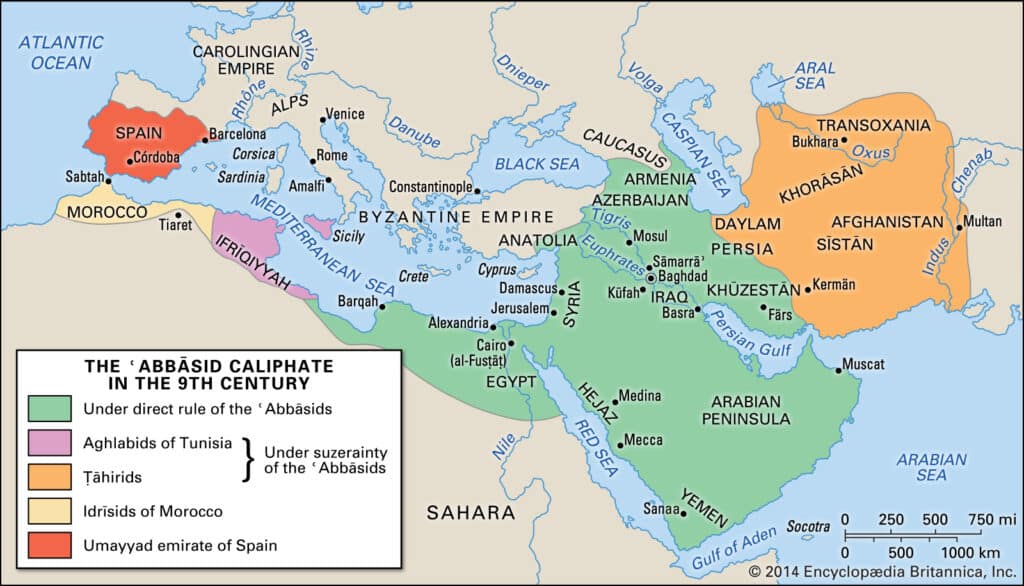
However, despite the more inclusive attitude of the Abbasids toward non-Arabs, their empire entered a decline in the 9th century from which it would only sporadically recover. Though they had attempted to viciously eradicate the Umayyads, one grandson of the Caliph survived – Abd al-Rahman made his way to Al-Andalus (Muslim Iberia) and established the anti-Abbasid Emirate of Córdoba in 756 CE. Morocco gained its independence from both Umayyad and Abbasid rule soon after in 788 CE under the Idrisids. Ifriqiya (roughly modern Tunisia) clawed de facto independence from the Abbasids during the Fourth Fitna in the early 9th century. This tendency of disintegration was staved off somewhat by the creation of the Mamluks, slave armies made up of non-Arabs – but this only sowed problems of its own further down the line, when Caliphs became more and more in the power of their own non-Arab military ‘advisors’. The fragmentation of the Abbasid empire reached critical mass in the second half of the 800s with the ‘Iranian intermezzo’, when several dynasties from Greater Iran successfully threw off Abbasid rule: the Saffarid dynasty succeeded in central and southern Iran did so in the 870s, followed by the Samanids from modern Afghanistan and northern Iran in the early 900s. The Fatimids dynasty declared its own independent Caliphate in 909 CE, and in 969 CE they had conquered all of Egypt and founded a new capital at Cairo.
The question of why did the Abbasid Caliphate decline and fragment in such a manner is a complex one. Scholars have pointed to a huge variety of reasons – but the most convincing ones involve the simple scale of the Caliphate relative to its bureaucratic strength (the Umayyads at least had a system of strong dynastic ties to regional governors, whereas the Abbasids’ comparative looseness permitted breakaway dynasties to foment), and the necessity of investing significant power in the Mamluk slave armies, who, like the Roman Praetorian Guard, began to wield outsized influence at the Baghdad court.
Captive Abbasids
By the middle of the 10th century, though the Abbasid court at Baghdad was staggeringly opulent and regal, its power was little more than nominal beyond modern Iraq. From around 945 CE until the second quarter of the 12th century, the Abbasids were little more than figureheads under the control of first the Buyids and later the Seljuq Turks. But it is nevertheless interesting to note that the various captors of Abbasid power did not depose the Caliphs or wipe out the Abbasid line – clearly, the legitimacy of the Abbasids was well-established, and speaks to the impact that they had on the Islamic world in their heyday.
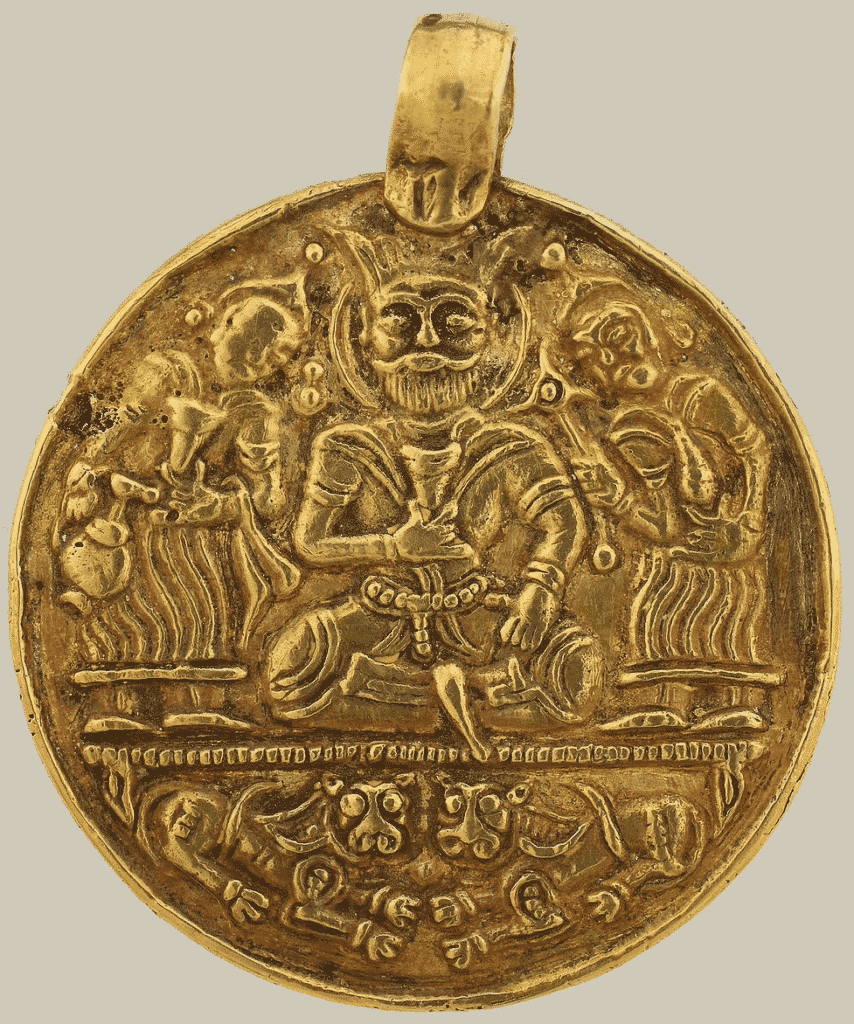
Despite a brief parenthesis of regained strength in the 12th century, the Abbasid Caliphate, a mere shadow of its glory days in the late 700s CE, was steamrollered along with most other regional powers by the Mongol invasions. In 1258, Hulagu Khan besieged and sacked the capital of Baghdad. There was to be no power-behind-the-throne nonsense with this steppe empire. Despite wrestling with their taboo of not spilling royal blood, the Mongols rolled the Caliph and his family up in his own sumptuous carpets, and trampled them to death with horses.
Abbasid Afterlife
This was an ignominious end indeed for the Abbasid caliphs, who had weathered the breakup of their empire to a frankly astonishing degree, retaining a surprising amount of power by making themselves more useful alive than dead. It is a great irony that, whilst the Abbasids had been fatally weakened by their Mamluk soldiers/captors, they were also given a second chance by them as well. The Egyptian Ayyubid Mamluks had overthrown their political masters in 1250 CE to rule directly, and in 1261 after the sack of Baghdad and the final annihilation of the Abbasids, a junior member of the Abbasid family who had escaped in the chaos was declared Caliph of a refounded Abbasid dynasty in Egypt – although one with Mamluk generals with hands firmly on the tiller. This second-life of the Abbasids ruled (at least nominally) right up until the Ottoman conquest of Egypt in 1517, when the final Abbasid Caliph Al-Mutawakkil III was imprisoned by Sultan Selim I and kept as at the court in Constantinople as a living trophy.
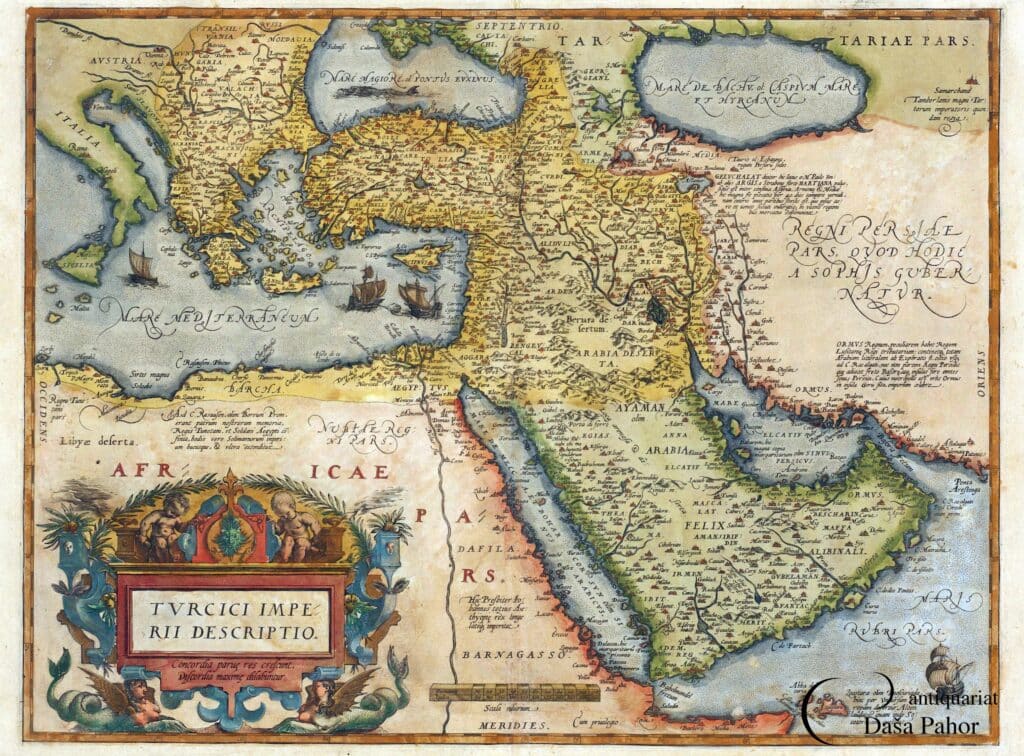
This is only the briefest analysis of the Abbasid’s world-spanning rule, and each century of their government contains far more contrast and changes in policy than can be examined here – but speaks to the incredible tenacity of the Abbasids that they seized control of a diseased empire, successfully diverted it from disaster, and then navigated the choppy waters of imperial disintegration to the extent that their descendants were sat on thrones some seven hundred years after their zenith.

 Historical Swords
Historical Swords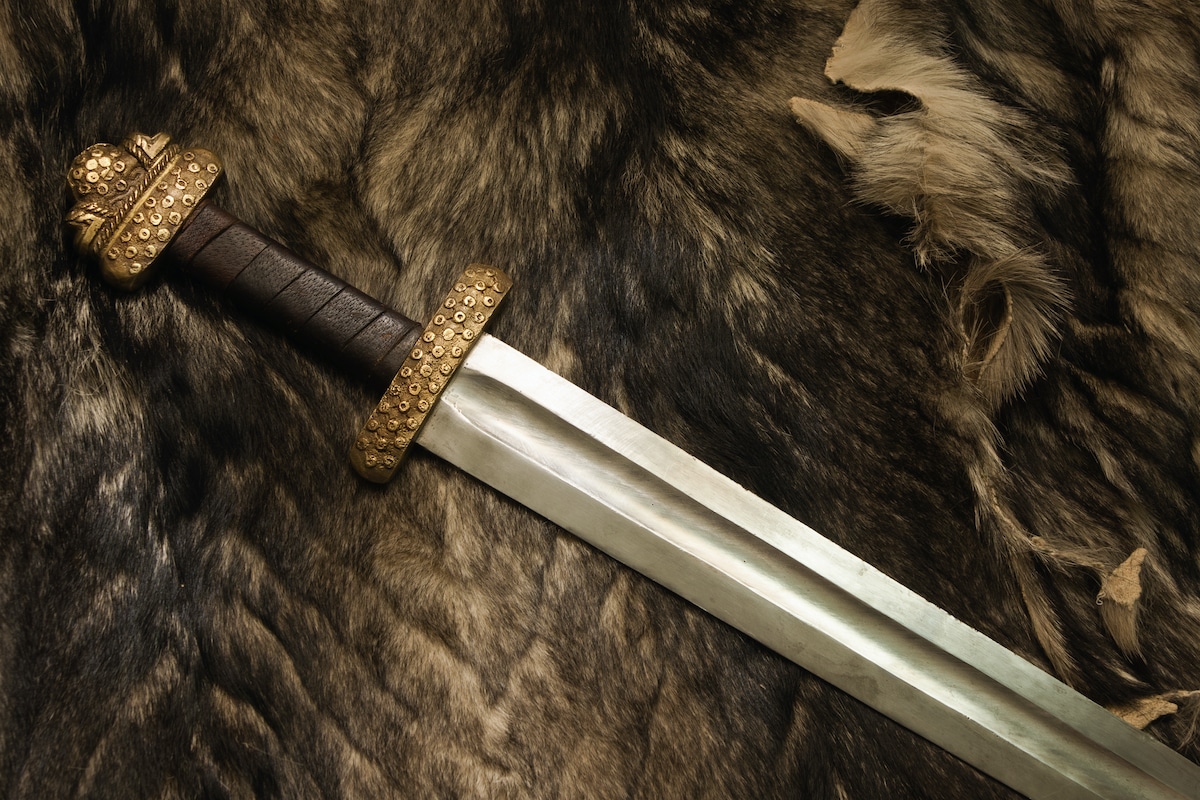 Norse & Viking Swords
Norse & Viking Swords Templar Swords
Templar Swords Claymore Swords
Claymore Swords Fantasy Swords
Fantasy Swords Chainmail
Chainmail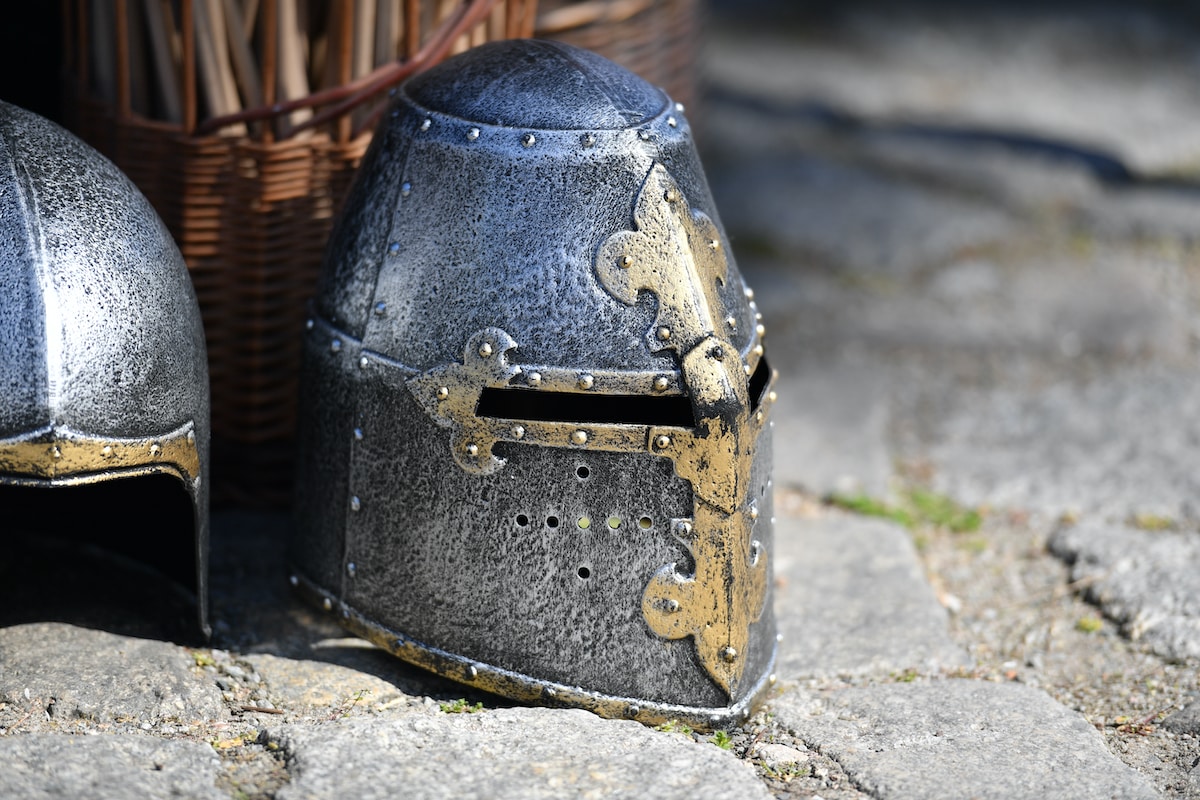 Helmets
Helmets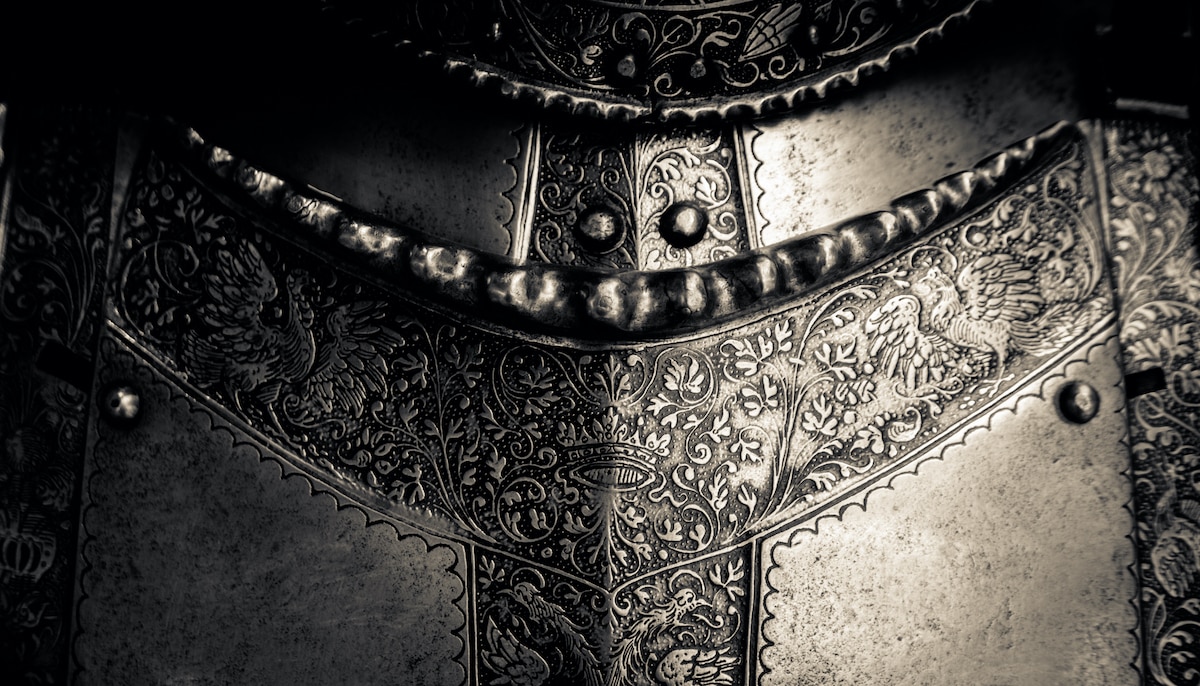 Torso Armor
Torso Armor Bracers and Arm Protection
Bracers and Arm Protection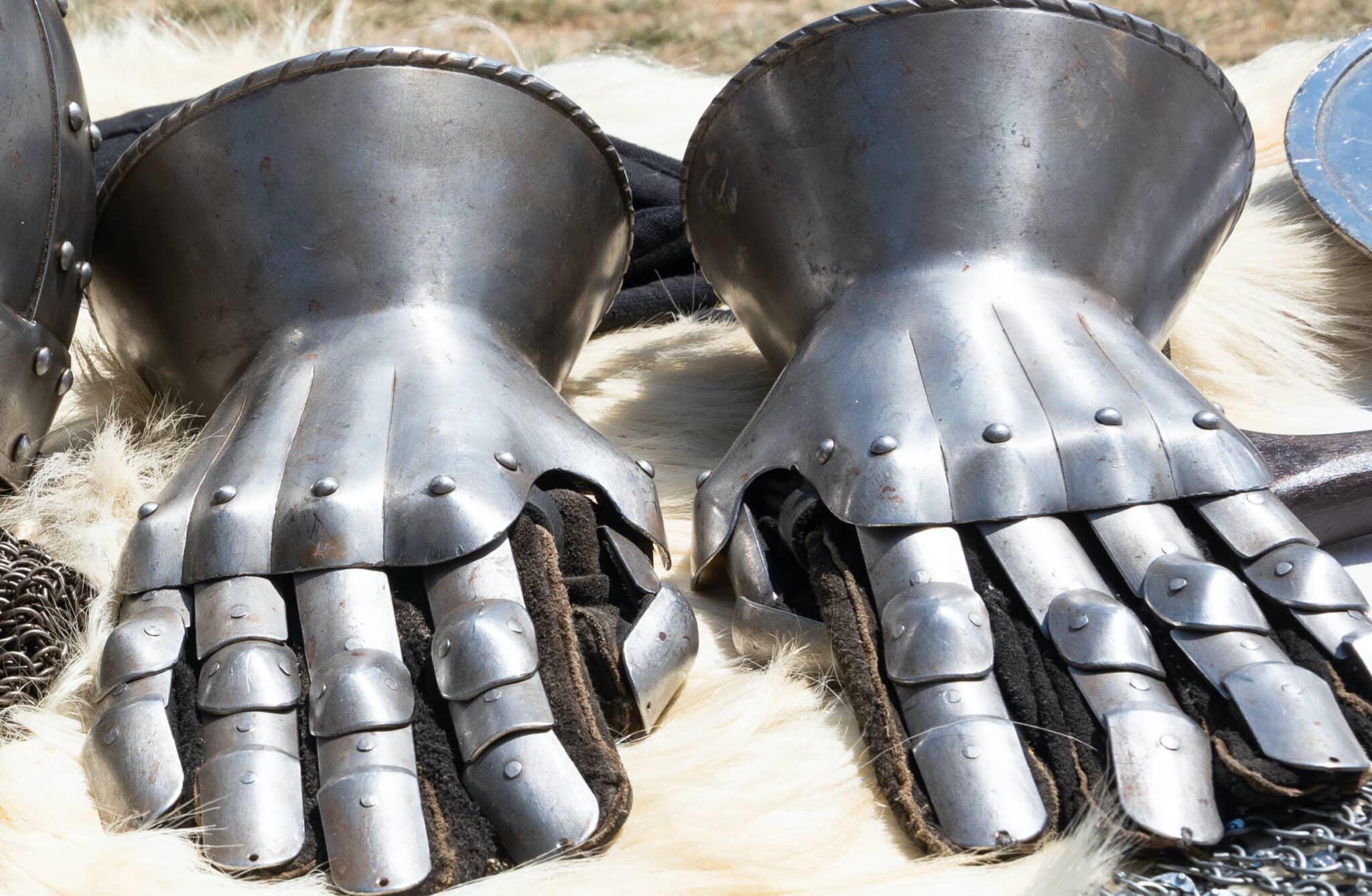 Gauntlets
Gauntlets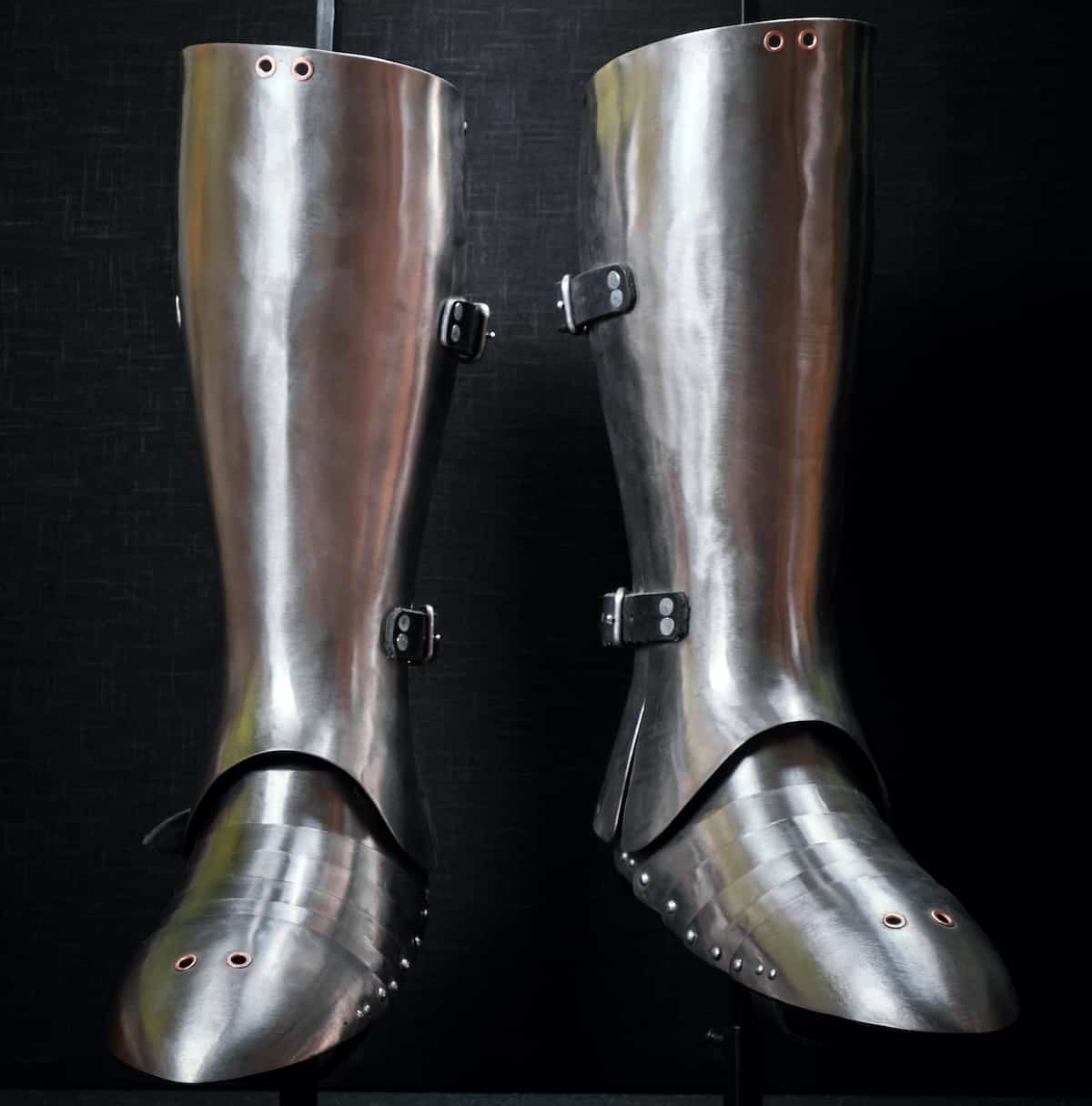 Leg Armor
Leg Armor Cloaks
Cloaks Tabards
Tabards Shirts
Shirts Tunics
Tunics Dresses
Dresses Pants
Pants Gloves
Gloves Belts
Belts Shoes
Shoes Rings
Rings Necklaces & Pendants
Necklaces & Pendants Bracelets
Bracelets


